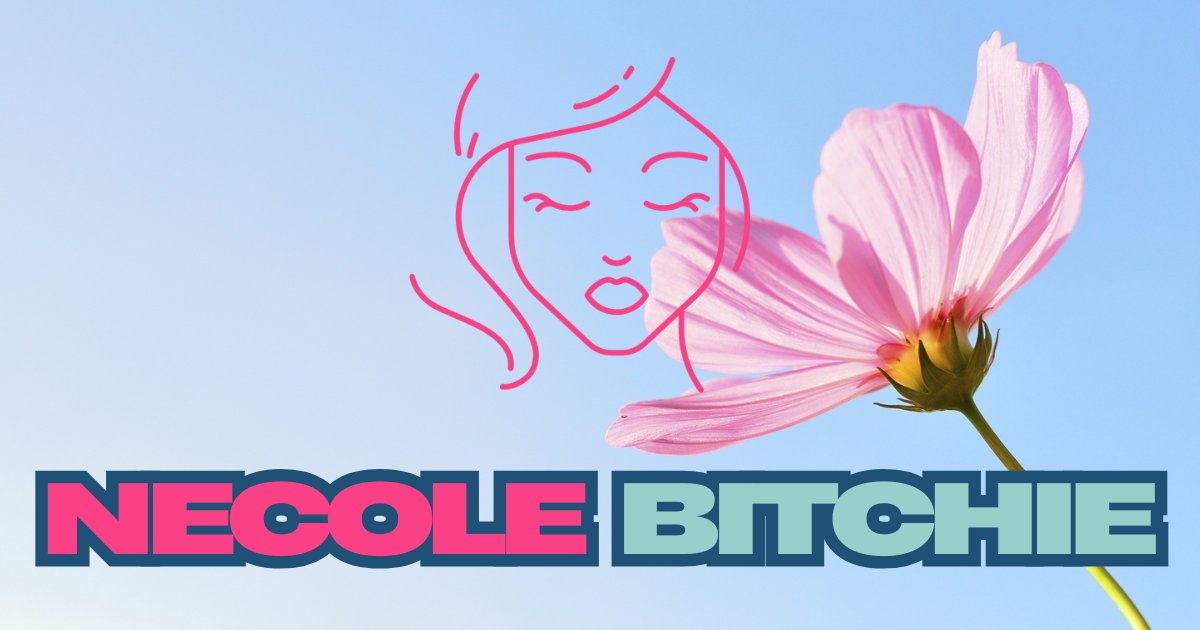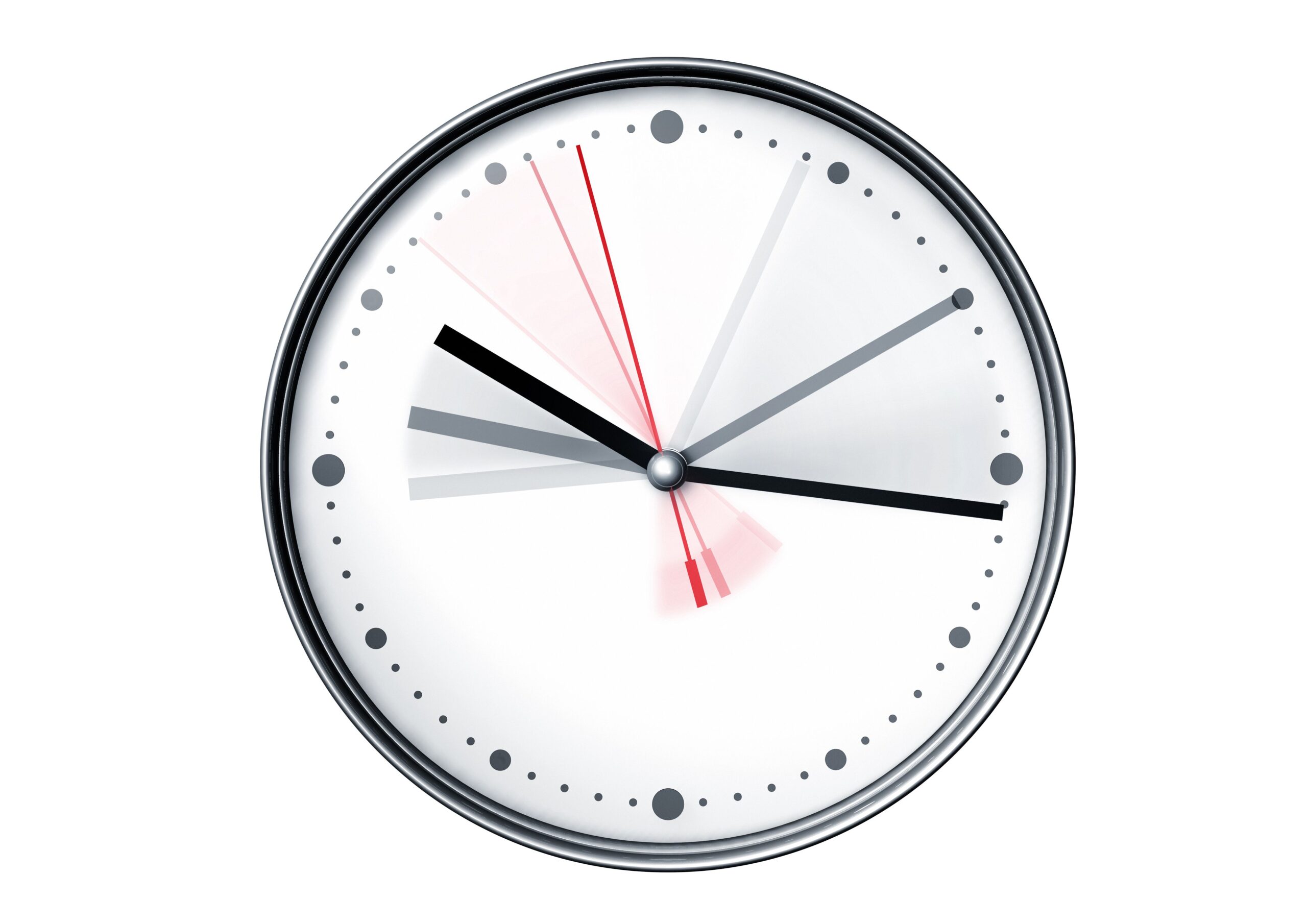Mastering DIY Clothing: A Step-by-Step Guide for Beginners
Introduction: Why DIY Clothing?
Making your own clothes at home offers numerous benefits: you can express your personal style, ensure a better fit, save money, and reduce your environmental impact. For many, DIY clothing is also a way to craft unique garments tailored to their preferences and needs. This guide explains how to get started, what tools and skills you’ll need, and how to overcome common challenges-providing a comprehensive pathway for anyone ready to embark on their DIY clothing journey.
Getting Started: Essential Tools and Materials
Before diving into your first project, gather the basic tools required for garment making. These include:

Source: envienta.net
- A sewing machine (even a basic model is sufficient for beginners)
- Sharp fabric scissors
- Measuring tape and rulers
- Pins, needles, and thread in various colors
- Iron and ironing board
- Seam ripper for correcting mistakes
- Pattern paper or tracing paper for drafting patterns
Choosing the right fabric is also crucial. Beginners should start with woven fabrics like cotton or linen, which are easier to handle than slippery or stretchy materials. Local fabric stores or reputable online retailers can provide a wide selection-some, like Mill Ends in Reno, NV, offer discounted mill-end fabrics ideal for experimentation [4] .
Understanding Patterns: Your Blueprint for Success
Sewing patterns are the foundation of garment construction. These templates provide step-by-step instructions and fabric-cutting layouts. Beginners should select patterns labeled “easy” or “beginner” to build confidence and skills. Patterns typically include:
- Garment illustrations and descriptions
- Size charts and measurement guides
- Fabric and notion requirements
- Step-by-step assembly instructions
Printed patterns from brands like Tilly and the Buttons offer accessible projects, such as the Bettine Dress, which features simple construction and minimal fitting challenges [3] . Many pattern companies provide free beginner projects online; searching “free beginner sewing patterns” will yield numerous reputable options from established sewing blogs and pattern designers.
Step-by-Step: Your First DIY Clothing Project
Starting simple is the key to early success. Experts recommend loose, elastic-waist pants or basic pull-on dresses as ideal beginner projects. Here’s a step-by-step breakdown:
- Choose your pattern and fabric: Select a beginner-friendly pattern and a forgiving fabric like cotton.
- Read the instructions: Review all pattern steps before cutting to anticipate techniques and adjustments [1] .
- Cut your fabric: Lay out the pattern pieces according to the guide, pin them in place, and cut carefully along the lines.
- Practice on scraps: Before assembling the garment, test your sewing machine and stitches on leftover fabric to refine your technique [1] .
- Start sewing: Follow the instructions step by step. Sew slowly, focusing on accuracy rather than speed. Use pins to align pieces and remove them as you sew.
- Try on as you go: After major seams, briefly try on the garment to check fit. Adjust seam allowances if needed for comfort or shape [1] .
- Finish and press: Iron seams for a professional look, and tidy up any loose threads.
Mistakes are part of the process-use a seam ripper to undo errors and try again. This iterative approach leads to steady improvement [1] .
Building Skills: Growing Your DIY Clothing Abilities
Once you master basic projects, expand your repertoire by experimenting with new fabrics and techniques. For example, after becoming comfortable with straight seams on cotton, you can try sewing with knits or adding details like pockets and zippers. Online tutorials and video courses are widely available; searching “beginner sewing course” or “how to sew clothes online” will reveal numerous reputable platforms, including well-known educational sites and YouTube channels [2] .
Many home sewers find inspiration and guidance from sewing communities and forums, where experienced members share tips, answer questions, and offer feedback on projects [5] . Participating in these groups can accelerate your progress and help you troubleshoot challenges.
Real-World Examples: Success Stories in DIY Clothing
Numerous individuals have successfully transitioned from buying off-the-rack to creating their own wardrobes. For example, some home sewists report significant savings by making clothes that fit better and last longer, especially if they struggle to find flattering store-bought options [4] . Additionally, sewing allows for sustainable practices, such as repurposing old garments into new designs or choosing eco-friendly fabrics.

Source: themakersmap.com
Case study: A beginner started with simple pajama pants and, over time, progressed to custom-fit dresses and tailored shirts. Through practice and learning from mistakes, the individual not only saved money but also developed a sense of accomplishment and creative fulfillment.
Challenges and Solutions: Overcoming Common Obstacles
Common challenges in DIY clothing include mastering pattern reading, dealing with fabric stretching or fraying, and achieving a precise fit. Solutions include starting with simple patterns, using stable fabrics, and making frequent fit checks during construction [3] . Don’t hesitate to use online resources-many sewing educators offer troubleshooting guides and video demonstrations for specific techniques [2] .
If you don’t have access to a sewing machine, consider hand-sewing for smaller projects or seeking out local makerspaces, community centers, or fabric stores that rent equipment and offer workshops.
Next Steps: Expanding Your DIY Clothing Journey
As you gain confidence, challenge yourself with more complex patterns, specialty fabrics, and new garment types. Explore sustainable practices by upcycling thrifted clothing or using natural-fiber fabrics. If you wish to deepen your expertise, many vocational schools and community colleges offer courses in garment construction and design-search for “sewing classes near me” or check with local education providers.
For inspiration, browse sewing magazines, pattern designers’ blogs, or online communities dedicated to garment making. Many practitioners find that documenting their progress, sharing photos, or keeping a sewing journal helps track improvement and maintain motivation.
Accessing Resources and Guidance
• To find sewing patterns: Search for “free beginner sewing patterns” on established sewing blogs or pattern company websites. • For fabric shopping: Local fabric stores, independent online retailers, or marketplaces specializing in textiles. • For community support: Online forums, social media sewing groups, and local maker meet-ups. • For structured learning: Look for online courses from reputable education platforms or search for “beginner sewing course.” • For troubleshooting: Video tutorials from experienced sewists, sewing magazines, and pattern instruction booklets provide detailed advice.
Summary: Your Pathway to DIY Clothing Success
Starting your journey in DIY clothing is achievable and rewarding, even for those with no prior experience. Begin with basic projects, use accessible patterns and materials, and build your skills through practice and community support. Over time, you can expand your abilities, develop a unique wardrobe, and enjoy the creative and practical benefits of making your own clothes at home.
References
- Emily Lightly (2020). How to Start Sewing Your Own Clothes – Beginner advice and tips.
- Vintage Sewing School (2025). Learn to SEW Clothes in 2025! – Free video crash course.
- The Sewing Directory. A Beginner’s Guide to Making Your Own Clothes – Patterns, tips, and resources.
- Permies Forum. Making Your Own Clothes? – Community experiences and fabric sourcing.
- The Fashion Spot Forum. Making Your Own Clothes? – Getting started and design tips.



